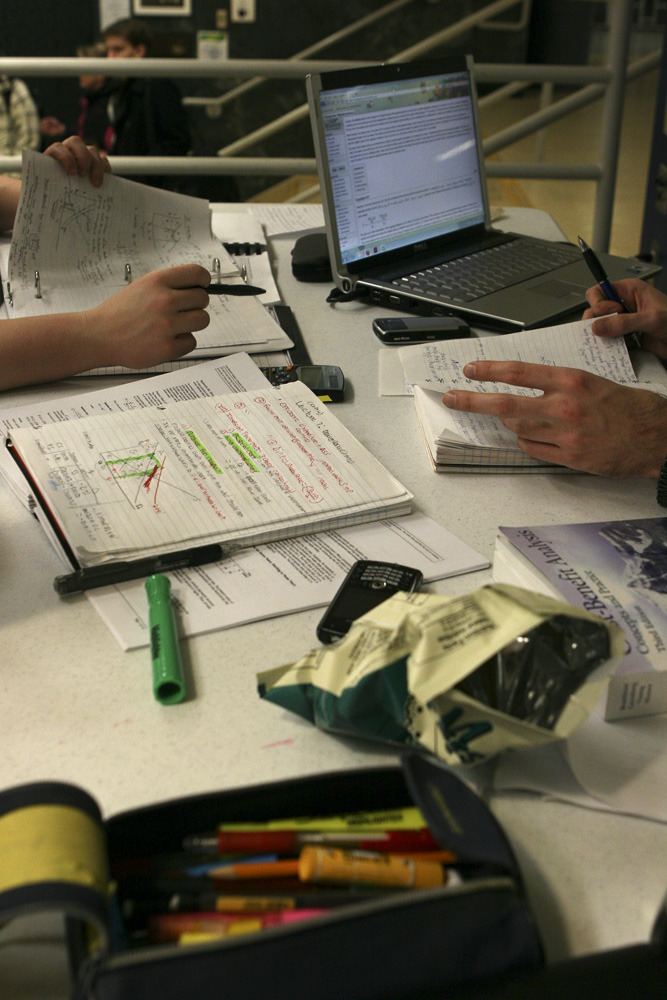Note-taking methods: writing versus typing


As university students across Canada prepare to “hit the books” once more, an age-old debate is once again brought up – what method is more effective for note taking: writing by hand, or writing on a laptop?
Both sides have staunch supporters – while writing by hand can help some students focus by not involving a screen, it isn’t as quick as typing is. Conversely, while typing is fast, some students feel that the information they are recording doesn’t “stick” in their brain as well.
Due to this continued rivalry between the two note taking methods, studies have been done around the world to answer the pressing question – which method, statistically, is better?
According to a study* done by the University of Cadiz, it was found that “handwriting students performed statistically significantly better than computer writing participants” when it came to a “short-term free recall task.” On the other hand, those using laptops scored “significantly higher results” on the recognition task.
From this data, researchers concluded that while computers are helpful to quickly record a lot of information, they don’t allow users to efficiently internalize the information being written down. By slowing down the process of recording information, taking notes by hand allows for proper internalization of each topic. Therefore, a “more complex and stable memory link” is developed in the brain.
When taking into consideration the differentiation of information given in the vast number of post-secondary academic programs, hand written notes or electronic notes may prove to be more effective.
For example, those in the arts who contend with abstract concepts and theories may benefit from hand written notes as the content given often requires a lot of complex internalization. Further, they may choose to do physical visual “mind-mapping” to connect the links and similarities between lectures.
On the other hand, those in math and science focused programs may find the convenience of electronic notes helpful as they may require detailed and intricate tables, graphs and diagrams in their lecture notes.
Of course, the rapid development of new technology has led to the creation of tablets (mainly iPads and Samsung Galaxy Tablets) that merge handwritten and electronic notes into one entity. These tablets allow students to have the handwritten “feel” while still having the added convenience of being able to include electronic resources (images, tables etc) in their notes.
For many, this is the perfect solution and the use of tablets in universities is widespread.
Unfortunately, this is a costly alternative for taking notes. In addition, having to remember to keep the tablet charged can be a challenge for those who enjoy the convenience of a notebook – the latter requiring no further preparation than being tossed in a bag.
Whether you’re an avid physical or electronic notetaker, the ultimate solution to which method is better is down to the individual – no matter how many statistics you read, one method will always feel more “right.”
However, if you’re considering changing your note taking method, try using electronic notes for some classes and physical notes for others. By doing this, you have the opportunity to unlock different levels of cognition that you may have not been able to reach before.
The choice is yours as to who wins this battle – old school, or new tech?
*This article references this research.

